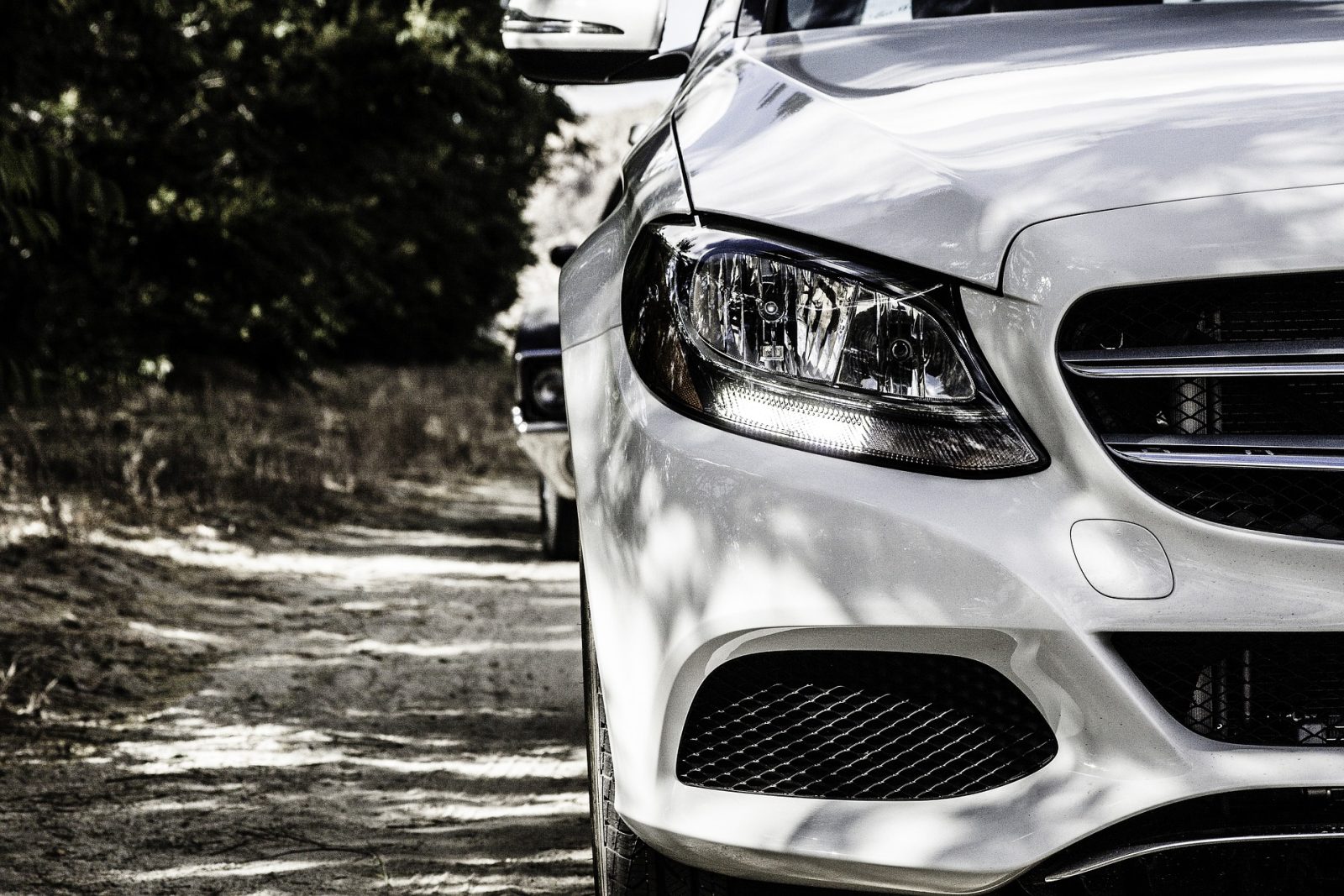You may already know that the camshaft is one of the integral parts of a vehicle’s engine. But what exactly does it do? How does it operate inside an engine, and what are its specific functions? In what ways does it affect the performance of your engine?
If you need to replace the camshaft of your engine, how should you go about it? What are the important things to remember when picking the right camshaft for your engine? What factors should you take into consideration?
Many car owners may feel more than a little confused when faced with these questions. However, knowing the answers to the above questions is essential for choosing the right camshaft for your vehicle.
This post covers the essentials of a camshaft that all drivers need to know. We will often draw on valuable insights from experts at MbenzGram, also known as MBGRAM, a global brand specializing in auto performance parts whose team of experts share a passion for racing and motorsports.
Table of Contents
Camshaft: What It Is and How Does It Work?
The camshaft controls the engine valves’ opening and closing; as the MbenzGram specialists put it, the part can be considered the “brain of the engine.” A camshaft works by converting rotational motion into linear or reciprocating motion and then transfers this motion, generated by the cams, through different parts of the valve train to control the operations of the intake and exhaust valves.
Mounted at the ‘top end’ of an engine (right above the piston in the cylinder head), the camshaft works the poppet valves found in the pumps, the internal combustion engines, and other related mechanisms. Once the engine starts running, the cams on the camshaft turn or rotate at half the speed of the crankshaft. During each cylinder’s power/exhaust and intake/compression strokes, cam lobes on the camshaft work to properly open and close the intake/exhaust valves.
The amount of fuel that passes into each cylinder during intake is determined by the cam ‘lift’ (the position of the camshaft relative to the piston, measured in thousands of an inch) and cam ‘duration’ (the time a valve remains open, expressed in degrees of cam rotation). According to experts at MbenzGram, lift and duration of the camshaft together play a vital role in engine performance and power output characteristics such as idle quality, torque, horsepower, balance, fuel economy, oil consumption, emissions, etc.
The MbenzGram team, who closely follows the market, also remarks that advances in computer technology have meant that today’s camshafts are designed and manufactured with extreme degrees of precision and sophistication. For example, cars equipped with a dual Overhead Camshaft or DOHC engines can generate greater power compared to a Single Overhead Camshaft or SOHC engines. This is because the former uses larger valves that stay open for longer than their counterparts found on SOHC engines.
Selecting the Right Camshaft for Your Vehicle
Choosing a camshaft for a particular type of engine build is a critical decision, and you need to take into account a number of factors before you order your part, the MbenzGram team contends. The most basic of these factors is, of course, the engine application.
In other words, what do you want to build your engine for? Street performance? Towing? Everyday driving? Drag racing? Street/strip? For example, if your goal is to increase the engine’s horsepower, you must go for a camshaft with greater lift and duration.
On the other hand, if better fuel economy is what you’re looking for, you’ll want a camshaft with less lift and duration.
Before choosing your camshaft, you should also consider the gearing and transmission (automatic, stick, final drive ratio, close-ratio, or wide-ratio transmission gearing) as different types of transmission and drivetrain require camshafts of different specifications.
Since the camshaft determines an engine’s torque curves and horsepower, it needs to match not only the desired application but also the other parts and components that go into the cylinder heads, the valvetrain, the induction system, and the compression ratio.
At the same time, MbenzGram specialists remind us that the type of fuel one uses for their vehicle is another factor that one needs to consider before choosing their camshaft. Cars using high-octane gasoline, for example, require a different cam than those using standard gasoline.
Finally, consider how much you are ready to spend on your new cam and valvetrain. Do you want to settle for a budget build? A flat tappet cam with hydraulic or solid lifters will suffice in this case. Or are you in the mood to splurge and go for expensive roller cams and the like?
Selecting the right camshaft is not the easiest of tasks, and you need to factor in a lot of things. However, the effort is worth the trouble since your car will run smoothly with the right camshaft, and your cam and other related parts will also last longer.
Installation of the Cam and Adjusting your Camshaft Timing
![[Alt Text: Tools hanging on a wall that can be used to repair and work on vehicles.]](https://www.businessethicsnetwork.org/wp-content/uploads/2023/01/unnamed.jpg)
Installation of the cam is relatively easy. However, you must still take time to read all the instructions carefully in order to avoid any damage to your engine. Commonly, all you will need to do during installation is to remove the rockers arm and the timing chain or belt, take out the old camshaft, fit your new camshaft into place, and then reinstall the rockers arm and timing chain or belt, and voila! You’re done!
MBGRAM specialists remind us that a lot of people forget to adjust the timing of their camshaft during the installation. Once you’ve removed the timing belt or chain, rotate your camshaft to find the timing mark printed on the camshaft pulley. Next is to find the TDC or Top Dead Center of your engine. Once you’ve found these two marks, rotate your camshaft until the TDC mark on the block is lined up with the timing mark found on the cam gear.
MbenzGram experts emphasize the fact that properly adjusting the timing of your camshaft is essential for receiving the best performance from your engine and for avoiding any damage to your engine parts.
About MbenzGram
MbenzGram, or MBGRAM, is a global brand specializing in aftermarket auto replacement and performance parts. In business since 2013, the MBGRAM online store stocks an extensive range of performance parts from the best brands and vendors in the industry. Additionally, the MBGRAM team is passionately involved in motorsports and racing and is a trusted partner to car enthusiasts and professional racing teams from across the world.
For more information on MbenzGram, their stocks, and what they do, visit the MBGRAM official website at https://mbenzgram.com/. Also, don’t forget to check out the articles posted by MBGRAM specialists on the brand’s dedicated blog on Industry.com.









Leave a Reply